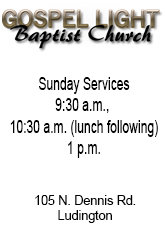
SS Pere Marquette
This Maritime History Blog is a presentation of the Mason County Historical Society’s Port of Ludington Maritime Museum, ludingtonmaritimemuseum.org, located at 217 S. Lakeshore Dr., Ludington.
By Rob Alway, Editor-in-Chief
The Flint & Pere Marquette Railway entered cross-lake freight service in 1875, one year after the completion of the railroad that terminated in Ludington (read related story here). In 1892, the Ann Arbor Railway launched the first Lake Michigan car ferry, the Ann Arbor No. 1 (see related story here).
After entering the cross-lake freight business, F&PM railroad began lengthy negotiations with the Wisconsin Central Railway with the goal of establishing a through all-rail route via Ludington and Manitowoc, Wis. The arrangement required the Wisconsin Central to build a branch from its main line at Neenah-Menasha, near Lake Winnebago to Manitowoc. The Wisconsin Central’s tracks reached Manitowoc on June 24, 1896 and a slip was built on the north side of the Manitowoc River about half mile from its mouth. The slip was completed at the end of July, and the Ann Arbor ferries, based out of Frankfort/Elberta, Mich., began using it in early August.
Meanwhile, the Chicago & North Western Railway began building its own slip on the south side of the river on the lake front, which was finished in January, 1897. This is the slip that is still used today by the Badger.

Robert Logan.
In December, 1895, the F&PM ordered a steel car ferry, designed by Robert Logan (1861-1918), a prominent naval architect of Cleveland who had immigrated to the U.S. from Scotland. Logan’s original plan called for a four-tracked steel steamer of 337 feet with twin screws aft and, like all six of the wooden ferries that preceded her, a bow propeller. Apparently on the basis of the Ann Arbor’s unsatisfactory experience with bow propellers, the F&PM dropped the forward screw from the plans before the ship was built. The plans were also altered to cut back her spar deck slightly, as on modern car ferries, rather than to have it extend all the way to the stern, as on the original Ann Arbor ferries.
The new ship, named the SS Pere Marquette, was built by F.W. Wheeler & Co. in West Bay City, Michigan (West Bay City merged with Bay City in 1905). The ship was 337-feet long with a breadth of 56 feet and a depth of 17 feet. It was equipped with two fore and aft compound coal-powered steam engines with four Scotch boilers built by Wickes Brothers in Saginaw. It had twin screws, steel hull, two stacks placed fore and aft and a single deck of cabins.
The Pere Marquette was launched on Dec. 30, 1896 and arrived in Ludington on Feb. 13, 1897. It was then sent to Milwaukee for inspection. The Pere Marquette made its maiden voyage from Ludington to Manitowoc the evening of Feb. 16-17, 1897. It carried 22 freight cars and the private car of S.T. Crapo, general manager of the Flint & Pere Marquette Railway.
Prior to the Pere Marquette steel car ferry, the F&PM operated a fleet of five “break-bulk” steamers. In 1875, it had chartered the 175-foot-long side wheeler steamer John Sherman to shuttle grain, packaged freight and passengers between Ludington and Sheboygan, Wisconsin to connect with the Sheboygan & Fond du Lac Railway. The railroad was apparently interested mainly in eastbound grain movements, but the steamer also handled passengers and general cargo.
The John Sherman was built in 1865 for the United States Revenue Cutter Service. It was originally called the USRC John Sherman and was used on Lake Michigan by the federal government until it was disposed of in 1872 and sold to a buyer in Cleveland. It was then sold in 1873 to the company River & Lake Shore. After serving the F&PM for one year it was rebuilt as a passenger steamer and operated out of Detroit.
The John Sherman was too small for the needs of the F&PM and served only for a single season. It was sold to J.P. Clark and W.O. Ashley of Detroit in 1878 who removed the engines and placed them initially in the boat Alaska and then, in 1890, they were placed in the boat Frank E. Kirby. The Sherman was turned into a lumber barge until it was scrapped in 1893.
Beginning in 1876, the railroad chartered a variety of steamers from the Goodrich Transit Company, the largest Lake Michigan passenger and package-freight carrier. The Goodrich ships operated at various Wisconsin ports, but the principal route in connection with the Flint & Pere Marquette came to be the run from Milwaukee to Ludington, Manistee and Frankfort.
One of Goodrich’s most notable propellers, the City of Ludington of 1880, was built for this route. The 180-foot-long City of Ludington was built in 1880 by the Burger Boat Company, operating as Rand & Burger Shipyard, in Manitowoc, Wis.
The F&PM ended its relations with Goodrich transit in 1883 and purchased two steamers for its own operation out of Ludington, Flint & Pere Marquette No. 1 and Flint & Pere Marquette No. 2. Both were typical Great Lakes propellers at the time, with their engines aft and a single tier of cabins for 25 passengers on the spar deck. A spar deck is the upper deck of a ship that extends from stem to stern.
The F&PM boats were schooner-rigged and were equipped with reinforced hulls for winter operation. Their one unusual characteristic was having their boilers on the main deck, so as to leave their holds free for eastbound train movements.
With an increase in traffic in the late 1880s the railroad expanded its fleet by three ships: F&PM Nos. 3, 4, and 5, built in 1887, 1888, and 1890, respectively. Nos 3 and 4 were break-bulk and passenger steamers, similar to the original pair, but larger. No. 5 was a 226-foot package freighter, built without passenger accommodations. It was intended mainly for winter flour movements across the lake.
Prior to the arrival of the Pere Marquette car ferry, the F&PM sold the F&PM No. 1 in April, 1896 to Hurson Transportation Co. for night service between Chicago and Milwaukee. In 1898, the railroad added to its fleet’s passenger capacity by having the F&PM No. 5 rebuilt with passenger cabins for Ludington to Milwaukee service.
When the F&PM was absorbed into the Pere Marquette Railway in 1900, the fleet consisted of the Pere Marquette car ferry and the break-bulk freight carriers F&PM Nos. 2, 3, 4, and 5.
Though the names of the other ships in the PM fleet had been changed in 1901, the Pere Marquette’s name wasn’t changed until 1924 when it became Pere Marquette 15. The numbering system was similar to the system used for locomotives. Ships numbered 1 through 5 were break-bulk freighters; 6 to 14 were Detroit River ferries and numbers 15 and above were Lake Michigan ferries.
PM 15 was laid up in 1930. In 1935, it made its last trip to Manitowoc to be scrapped, a rather unceremonious end to the first steel Lake Michigan car ferry.
Photographs from the Mason County Historical Society Rose Hawley Archives.
The Mason County Historical Society is a non-profit charitable organization that was founded in 1937 that does not receive any governmental funding. It owns and operates the Port of Ludington Maritime Museum in Ludington, Historic White Pine Village in Pere Marquette Township, and The Rose Hawley Archives and the Mason County Emporium and Sweet Shop in downtown Ludington.
The Port of Ludington Maritime Museum, located at 217 S. Lakeshore Dr., Ludington, is currently open Thursday through Saturday from 10 a.m. to 5 p.m. until Tuesday, May 27 when it will be open Tuesday from 11 a.m. to 7 p.m. and Wednesdays through Saturday from 10 a.m. to 5 p.m.
For more information about donating to and/or joining the Mason County Historical Society, visit masoncountymihistory.org.
___________________________
Please Support Local News
Receive daily MCP and OCP news briefings along with email news alerts for $10 a month. Your contribution will help us to continue to provide you with free local news.
Payment can be made monthly via credit card, bank account, PayPal or Venmo through recurring email invoicing. These payments can be set up for autopay each month.
To sign up, email editor@mediagroup31.com. In the subject line write: Subscription. Please supply your name, email address, mailing address, and phone number (indicate cell phone). We will not share your information with any outside sources. For more than one email address in a household, the cost is $15 per month per email address.
Alternative methods:
PayPal Monthly Payment. Click this link.
We can send you an invoice for a yearly payment of $120, which you can conveniently pay online or by check. If you are interested in this method, please email editor@mediagroup31.com and we can sign you up. You can also mail a yearly check for $120 to Media Group 31, PO Box 21, Scottville, MI 49454 (please include your email address).
Payment must be made in advance prior to subscription activation.
We appreciate all our readers regardless of whether they choose to continue to access our service for free or with a monthly financial support.
_____
This story and original photography are copyrighted © 2025, all rights reserved by Media Group 31, LLC, PO Box 21, Scottville, MI 49454. No portion of this story or images may be reproduced in any way, including print or broadcast, without expressed written consent.
As the services of Media Group 31, LLC are news services, the information posted within the sites are archivable for public record and historical posterity. For this reason it is the policy and practice of this company to not delete postings. It is the editor’s discretion to update or edit a story when/if new information becomes available. This may be done by editing the posted story or posting a new “follow-up” story. Media Group 31, LLC or any of its agents have the right to make any changes to this policy. Refer to Use Policy for more information.























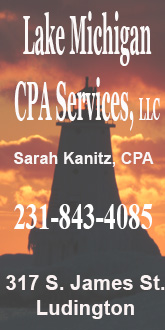



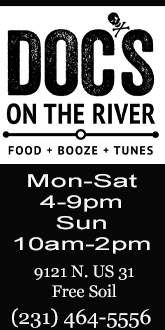


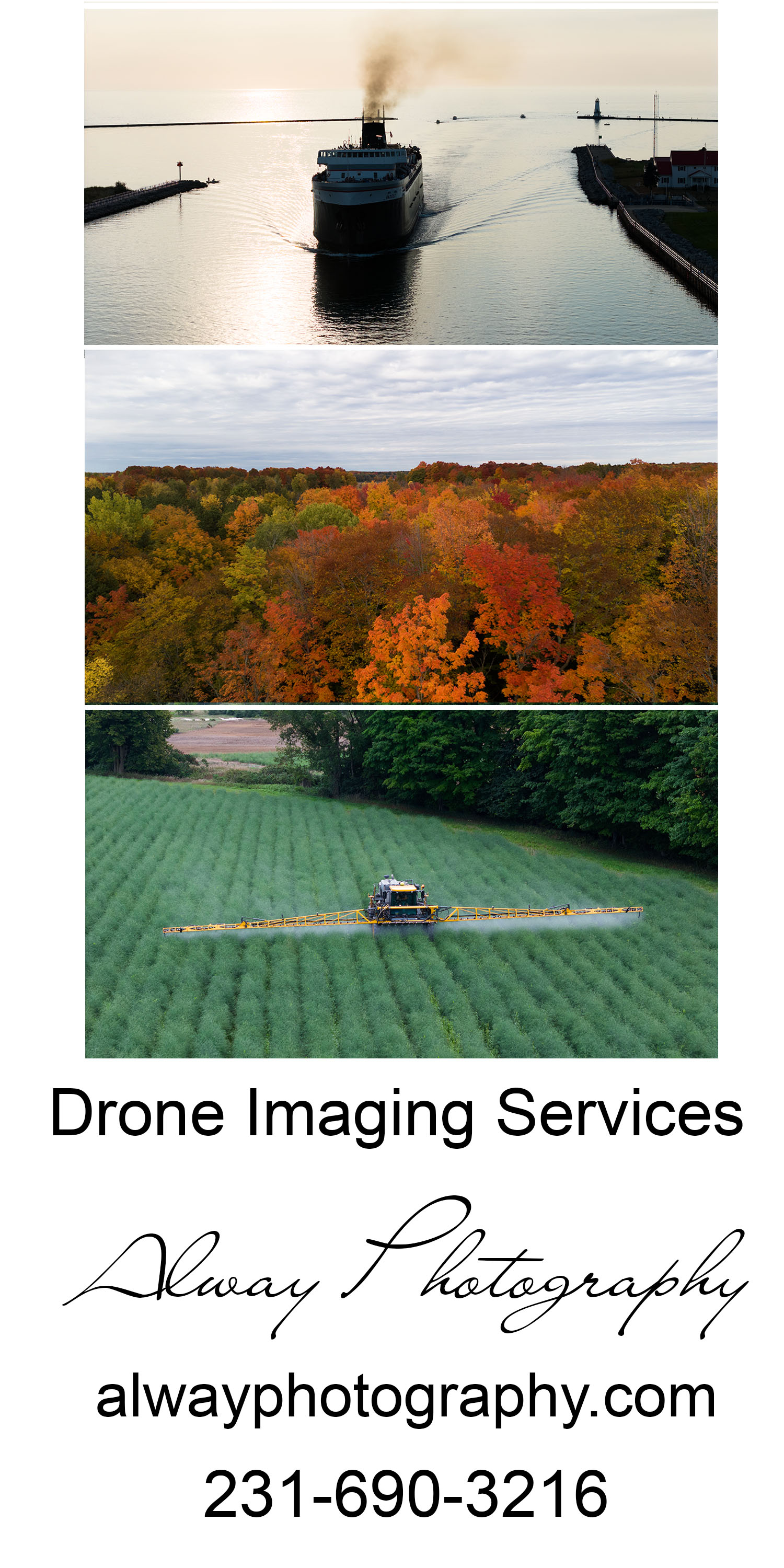
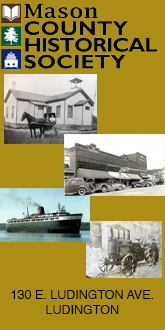






.png)













